
The word ceramic, of Greek origin, means clay or made of clay.
In BricoBlog we do not intend to give extensive knowledge, nor to be any reference work, nor of course to cover all fields of knowledge of the ceramic technique, we simply want it to serve as an introductory guide for beginners, to whom it allows to acquire a relative knowledge and mastery of this technique, which with little effort will become art. The person who takes in his hands, even for the first time, a lump of clay will see that it is not so complicated to shape it, however, if what you are looking for in these pages is to learn a trade, from this very moment it is necessary to warn, that you will not find it here, and it is recommended that you go and enroll in a school of arts and crafts and follow their corresponding teachings and courses.
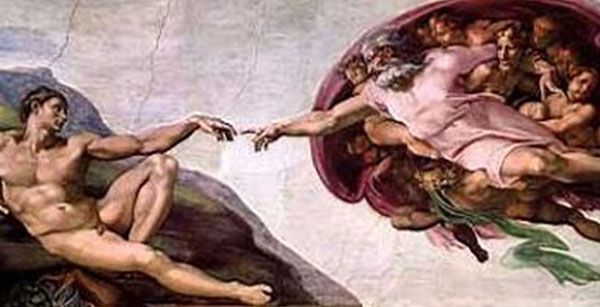
The art of ceramics is one of the great heirs of the ancient “alchemists”, it is therefore, to a large extent, a direct and continuous experience, in all fields, ceramic pastes and their components, pigments and their mixtures , the components for roofs and the great protagonist: the fire!
The origin of ceramics is mythical, the Judeo-Christian belief maintains, in a pedagogical way, that God created Adam and Eve from the mud of the earth, modeling them with his hands, thus turning God into the first potter, everything which is collected perfectly in the popular anonymous octosyllables of the following limerick:
“Noble and bizarre trade,
among all the first,
because in the art of clay,
God was the first potter
and man the first pot.”
Clay: Classes and classification.
In the dictionary, one of the definitions we find of clay is: «plastic mineral substance composed mainly of hydrated aluminum silicates».
Clays can be classified or grouped from several different points of view:
- for its discovery in its natural state.
- for its plasticity.
- due to its porosity and color
- for its melting point.
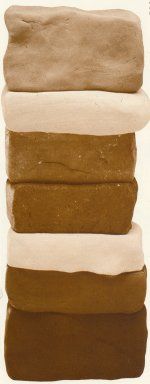 The different clays were formed, first from the decomposition of rock formations and, by the action of different factors, tectonic pressure, seismic movements, different types of erosion, etc., and second by the acquisition, during the trip to its place of sedimentation, of different impurities of mineral origin; therefore, depending on the characteristics of the rock of origin, there are innumerable types of clay, each of which has particular properties.
The different clays were formed, first from the decomposition of rock formations and, by the action of different factors, tectonic pressure, seismic movements, different types of erosion, etc., and second by the acquisition, during the trip to its place of sedimentation, of different impurities of mineral origin; therefore, depending on the characteristics of the rock of origin, there are innumerable types of clay, each of which has particular properties.
The sedimentation process lasts millions of years. Clay beds are found, in almost all terrains, at the surface of the ground or a few meters from the surface, although not all of them are useful to the potter.
Among its basic components, we must highlight plastic materials such as kaolin and clay, and non-plastic or anti-plastic materials, such as quartz, sand or pegmatite, which play a fundamental role in the process of transforming materials inside the oven. acting as fluxes.
All types of clay, in the time of drying and firing, undergo a process of shrinkage, of reduction in size. This decrease in size is greater, the lower the content of non-plastic materials of the clay that we are working with.
In the following sections we are going to study the different pastes and types of clay according to their usability.
Dry rope. Ceramic technique.
In the first steps in the use of enamels, it is very common to use systems to separate the different colored enamels applied, generally on flat surfaces. Within the enamel separation techniques: Edge, cloisonné, tubed…, the “Dry rope” is the most widespread.
According to D. José Aguado Villalba (Ceramist, Professor and researcher on ancient Toledo ceramics) this technique seems to have begun to develop towards the middle of the 10th century, in the Caliphate. It consisted of decorating the surface with “lines” of manganese oxide, which formed the border or limit of the drawing and the spaces were filled with glass tinted with coloring oxides. Once the firing was finished, it remained with blackish and matte lines with bright colored glass.
There are also other variants that seem not to be the original ones, and it is to draw with black pigment mixed with some frit or any type of mixture that helps to divide colors. Ideally, this mixture contains some fat so that when applying the enamel it does not stick to the line we draw.
Variants of this technique are currently applied using manganese or cobalt pencils, with a soft pencil or an indelible marker. The line disappears after firing and if you want to age this union, you can use India ink, manganese, Judea bitumen…
The process is very schematic as follows:
Step 1: Trace of the drawing.
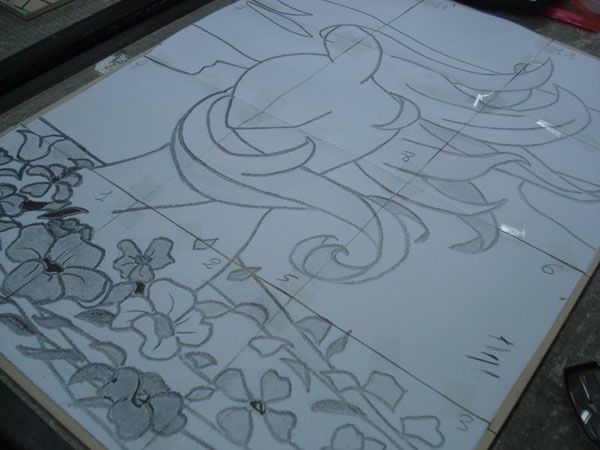
Step 2: Marking of the drawing with the pencil.
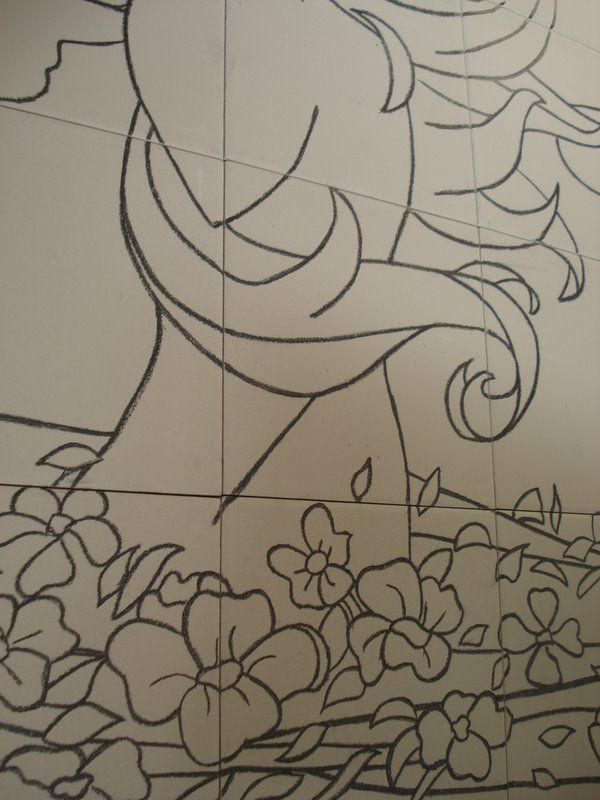
Step 3: Result.
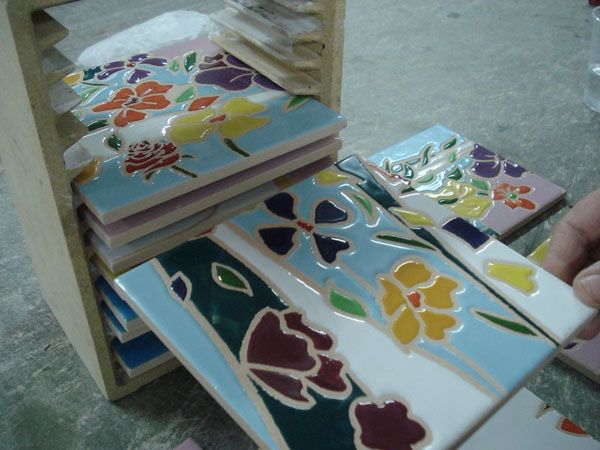
Step 4: Prepared to dye the lines.
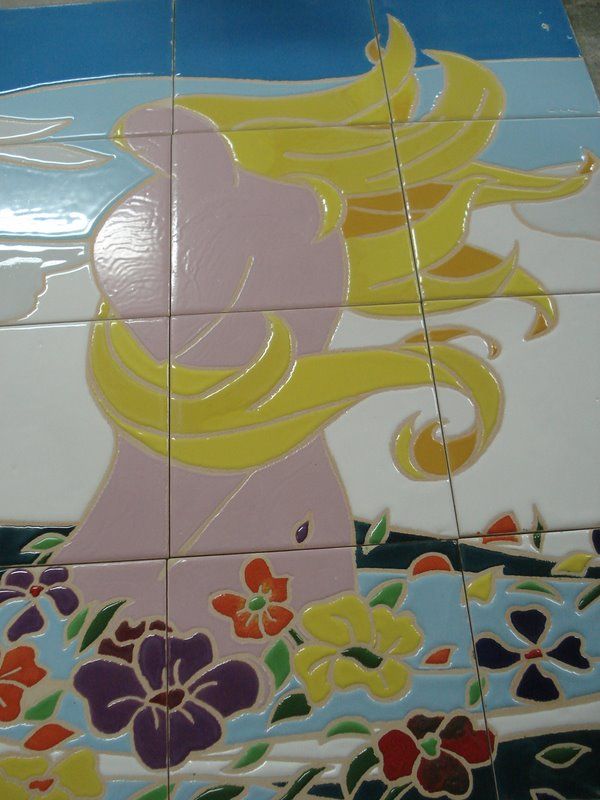
Step 5: Applying manganese.
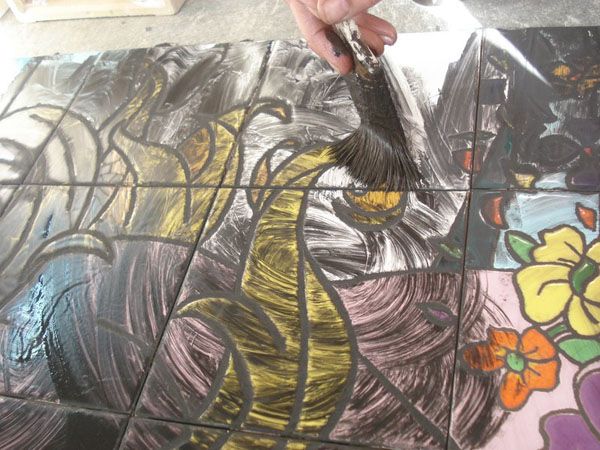
Step 6: Contrast between black and white lines.
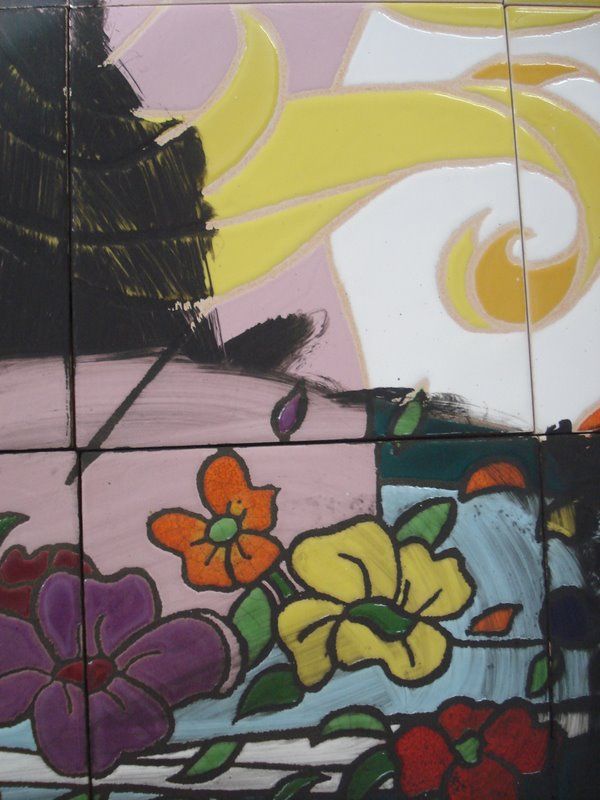
Step 7: Finished tile.
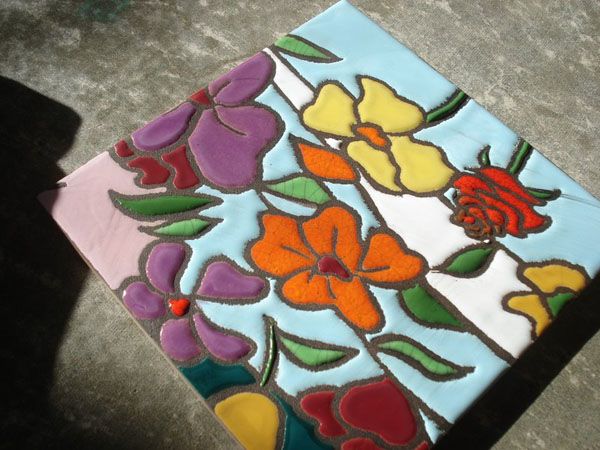
Here we include a video in which you can see the entire process of the dry rope technique.
Source: allCulture.com, Ceramic San Telmo Y Aida Dominguez
You may also be interested in these other related articles:
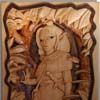
wood carving technique |
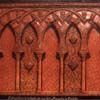
The leather embossing technique |
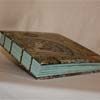
Handcrafted sewing and binding of books |
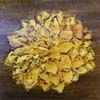
The technique of pyrography |
,



